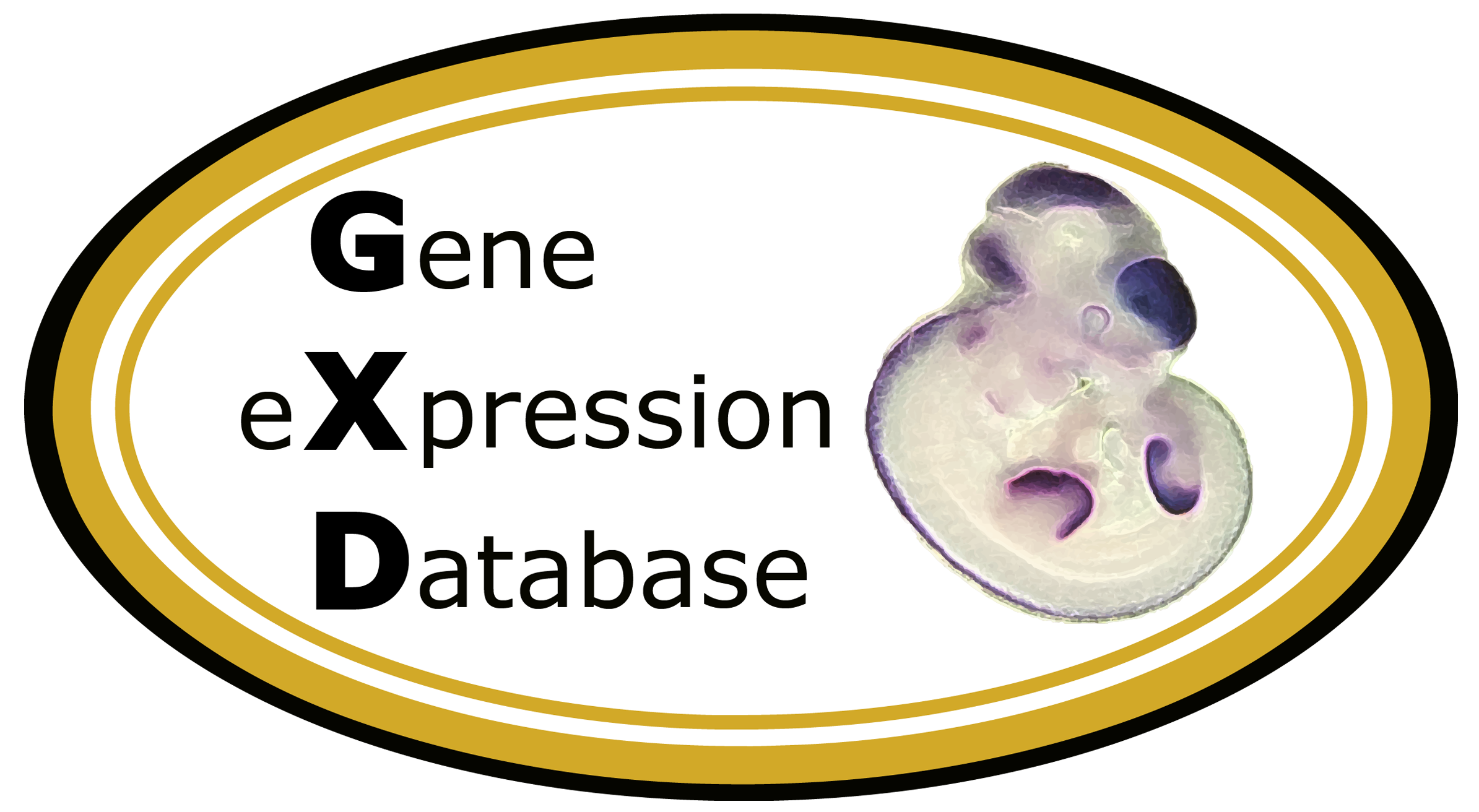|
Caption
|
Sagittal (A-O) and frontal (P-S) sections of 10.5-dpc control (A-C, P, and Q) and RA-treated embryos, respectively, at 7.4 (D-L) and 7.8 dpc (M-O, R, and S). Bright fields of corresponding sections are labeled with a prime ('). The open arrows in B,E,H,K, and N, the arrowheads in C,F,I,L, and O, and the filled arrows in D',G',K', and N' point to the position corresponding to the posterior border of Otx2 at the presumptive mid-hindbrain transition. The filled arrow in N points to the rostral-most expression of Wnt-1 in the presumptive pretectal region. Arrowheads in P,Q,R, and S point to the Otx2 and Wnt-1 expression at the midbrain/hindbrain border in control (P and Q) and 7.8-dpc RA-treated embryos (R and S); filled arrows in Q and S point to the Wnt-1 expression in the roof of the midbrain (Q) which is split into two lateral narrow stripes in 7.8-dpc RA-treated embryos (S). The large open arrow in E points to a nonspecific signal. In B' and N' the open arrows indicate the plane of sections of Q' and R', respectively. fb, forebrain; mb, midbrain; hb; hindbrain; fg, foregut.
|
 Analysis Tools
Analysis Tools



